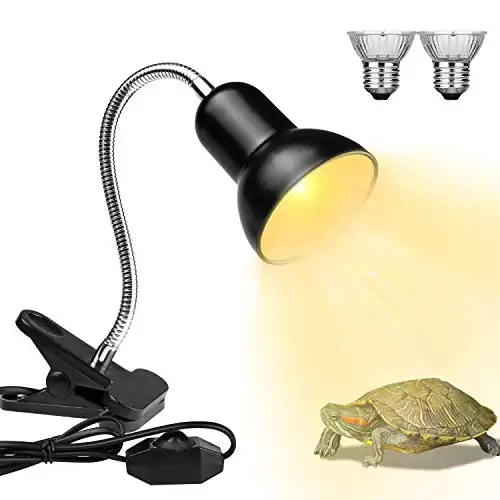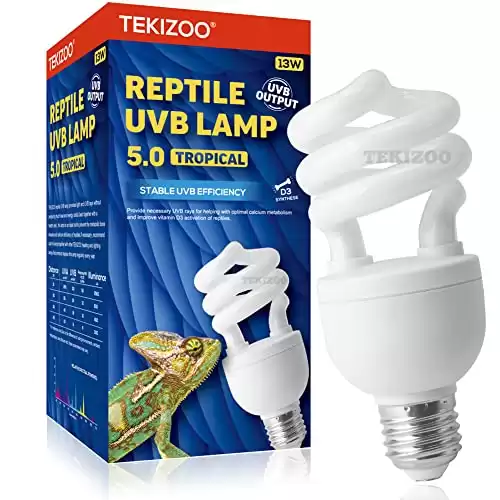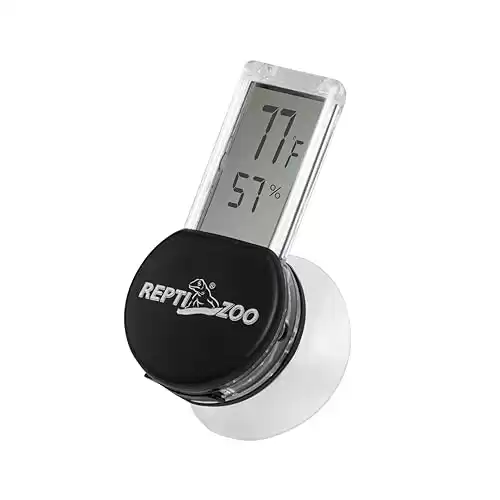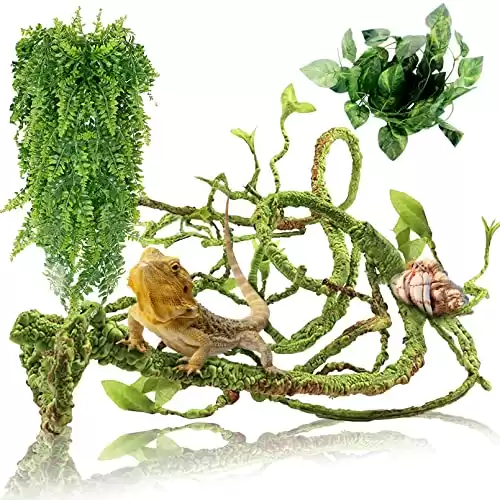Leopard geckos come in a rainbow of various colors called morphs, but some of them definitely stand out.
The blue leopard gecko might not look like your typical leopard gecko with their yellowish spotted bodies. But it’s just as charming – with a fun personality and a lot of attitude.
This article will dig into the beautiful world of this adorable lizard, highlighting its distinctive traits and explaining how to set up the best enclosure for it.
Description of Blue Leopard Gecko
The Blue leopard gecko is named after the striking shades of blue that grace their bodies. These geckos are known for their vibrant colors, distinctive patterns, and cheeky personalities.
Characteristics of Blue Leopard Gecko
Science is yet to prove that there’s a blue leopard gecko. There are a lot of rumors about a blue leopard gecko, but it could just be a YouTube prank. The turquoise dwarf gecko, or William’s dwarf gecko, is known for its stunning electric blue color. However, it’s not a leopard gecko.
Nevertheless, some leopard geckos can have blue markings on their bodies, with colors ranging from light baby blue to a purplish tinge.
In general, a leopard gecko is a small wonder, typically reaching a length of 6 to 7 inches. The gecko’s slender, elongated body can be a canvas of captivating blue shades, often accentuated with contrasting spots and markings.
Some of these geckos come in variations ranging from powder blue to deep azure, although they’re quite rare to find. The patterns on their bodies often resemble leopard-like spots, adding to their unique charm.
Their triangular heads make them look captivating, and the tail is as long as or slightly longer than the body. It assists them in climbing and gripping surfaces, and they use it as an extra tool for balance.
These geckos also have mesmerizing almond-shaped eyes that provide them with excellent low-light vision. They can spot even the tiniest movements in the dimly lit environments of their natural habitat.
Additionally, their small ears are sensitive to vibrations, allowing them to detect movements and sounds in their surroundings.
Subspecies of Blue Leopard Gecko
Blue leopard geckos could be a subspecies of the leopard geckos. There aren’t other subspecies of the blue kind in the wild, but you can find exciting geckos for sale that breeders make available through selective breeding.
Color Morphs of Blue Leopard Gecko
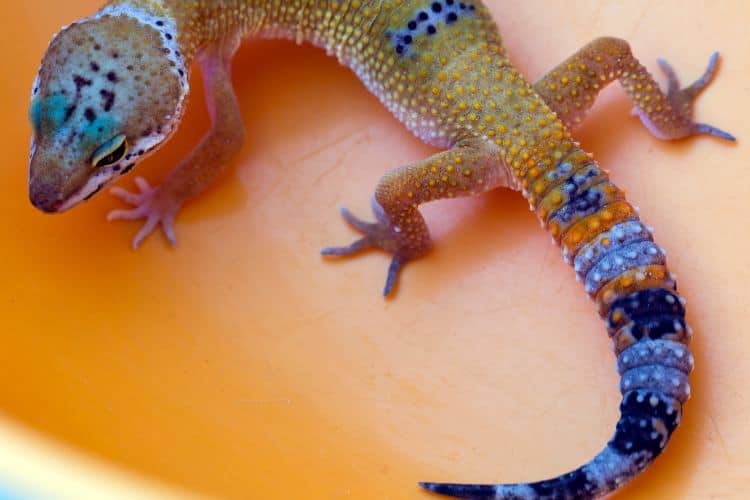
The blue leopard gecko might be found in a stunning array of morphs, ranging from light blue to deeper shades of blue. Some are harder to find than others, so they will be pretty expensive. It is very difficult to get hold of a blue leopard gecko, so if you find one, then snap it up!
The marble eye morph is high in demand, and an adult one can cost a few hundred dollars. Due to a recessive trait, the gecko has purple or blue eyes resembling broken glass or marble.
Captive Care for a Blue Leopard Gecko
If you decide to welcome one of these charming geckos into your life, it’s time to learn how to provide them with the best care possible.
Housing Requirements
Luckily, these little fellows aren’t picky about their perfect enclosure as long as you provide a
So, we’d recommend picking a 10 to 20-gallon tank with enough hiding spots for one gecko. Ensuring good ventilation while maintaining a warm and stable temperature is a must.
Cypress mulch, coconut coir, or reptile carpet are excellent options for a substrate. They are easy to clean and not too abrasive for your gecko’s soft belly.
Blue leopard geckos thrive in a temperature gradient that mimics the conditions in their natural habitat. Maintain a warm side of the tank at around 88 to 92°F where the little fellow can enjoy some basking.
The cooler side should be around 75 to 80°F to encourage your pet gecko to sleep. Provide a heat source like an under-tank heater, a
While leopard geckos are primarily nocturnal, they still need a light source to establish a day-night cycle.
Diet and Health Care Needs
Feeding your leopard gecko is a thrilling adventure. They are insectivores, and a varied diet is vital to their well-being.
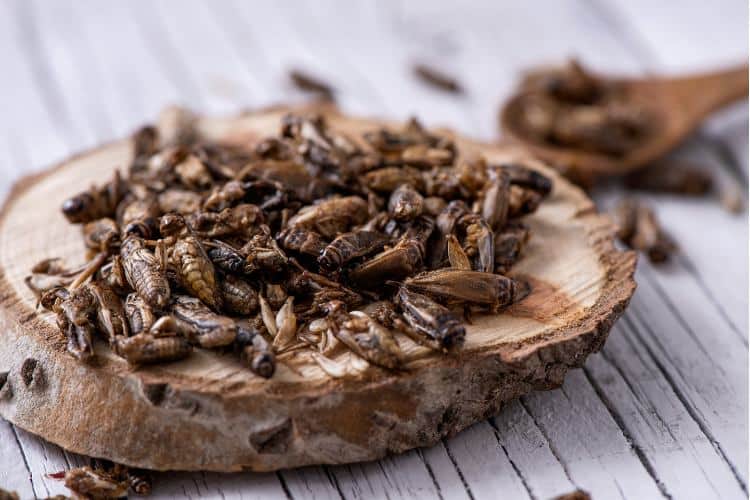
Crickets, mealworms, waxworms, and roaches are suitable food choices, but ensure the insects are appropriately sized for your gecko’s mouth. Dusting these insects with a
Remove uneaten food within 20 minutes to keep the
Common Illnesses
As a responsible pet owner, it’s essential to be vigilant about your gecko’s health. Metabolic bone disease can occur if your gecko doesn’t receive enough
Watch for symptoms like labored breathing, nasal discharge, or wheezing that indicate respiratory infections. If your gecko experiences weight loss, lethargy, or changes in feces, consult a vet for a check-up, as it might be infected with parasites.
Wild Blue Leopard Gecko
Have you ever wondered about the wild side of these charming creatures? Let’s take a peek into their natural habitat and behaviors.
Natural Habitat for Wild Blue Leopard Gecko
In the wild, blue leopard geckos adapt seamlessly to arid and semi-arid environments. Seeking refuge among rocky crevices, they navigate their environment with finesse. This allows them to escape the searing daytime heat and find comfort during the cooler desert nights.
Diets and Behaviors in the Wild
These mesmerizing creatures are skilled insectivores, relying predominantly on a diet of small insects and arthropods. Their hunting technique is nothing short of an art form. As patient stalkers with sharp vision and rapid reflexes, they epitomize efficiency as predators.
As night falls, they become active and emerge from their concealment to forage and explore their territory. This nighttime preference allows them to overcome the scorching daytime temperatures of their native habitat.
Breeding Habits in the Wild
During the breeding season, the males put on remarkable territorial displays, like other leopard geckos. They stake out specific areas and, at times, emit distinctive chirping sounds to signal their readiness.
A successful courtship leads to the female laying eggs in concealed, underground nests. Although she safeguards the eggs until they hatch, baby geckos are on their own after that.
Wrap Up
A blue leopard gecko looks just like your regular leopard gecko with its yellow body and black spots. Yet the bluish hue makes this a captivating choice for first-time and seasoned reptile owners.
This little fellow might not be as shy as other members of its family, so give it a lot of room to explore and keep an eye on any changes in its appearance or behavior.


